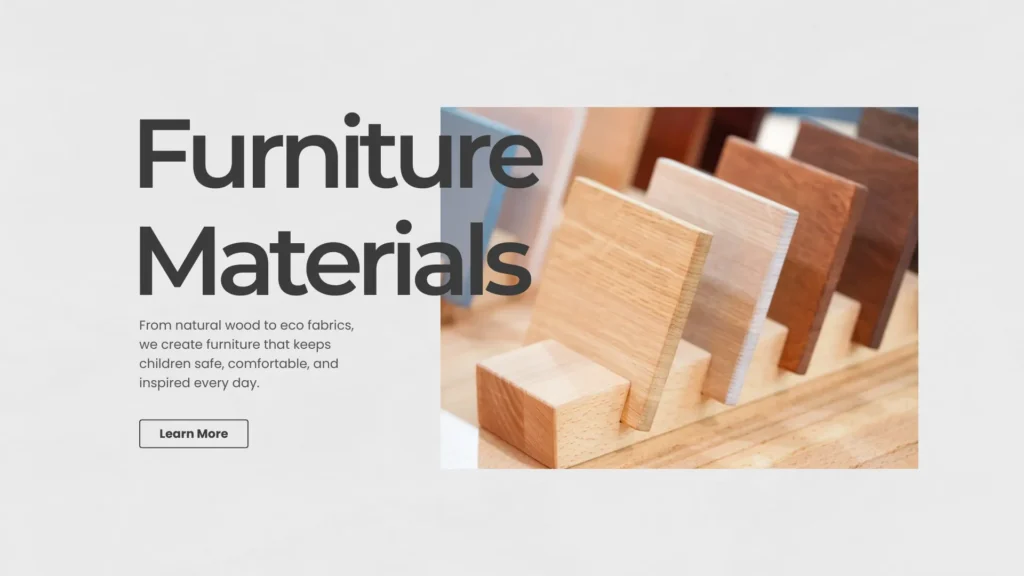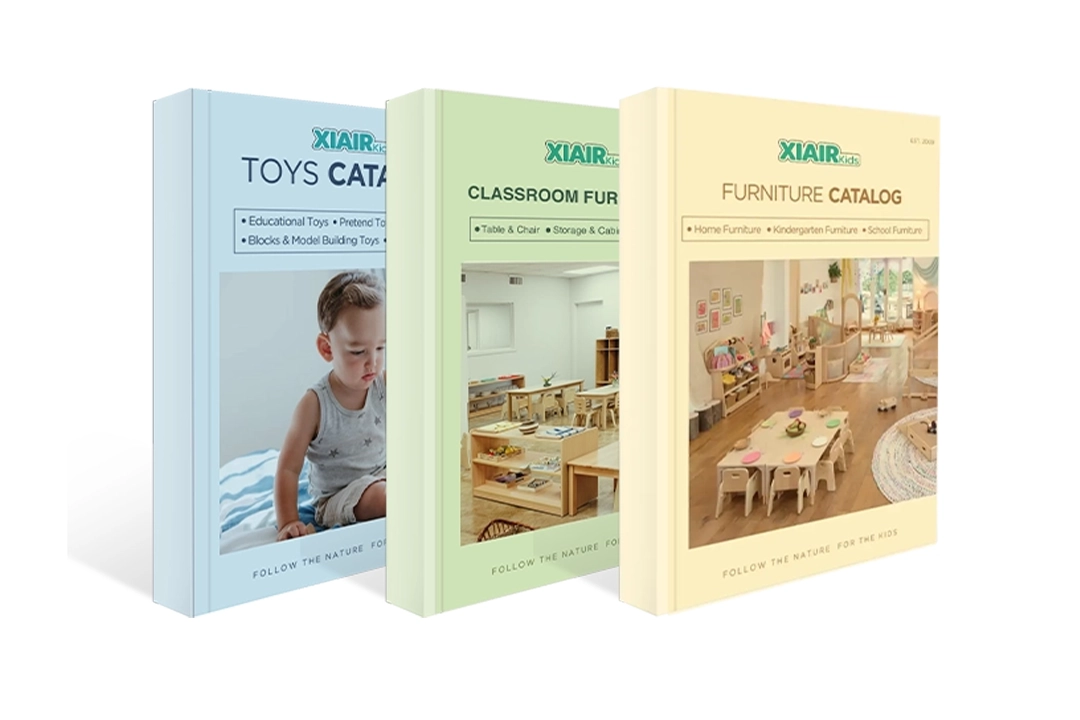The environment a child learns and plays in is just as important as the curriculum itself. When designing a daycare, one of the biggest decisions is selecting the right Daycare Furniture Materials. These materials are more than just building blocks for chairs, tables, and storage units. They set the tone for safety, comfort, and sustainability in the classroom.
Parents trust daycare providers to keep their children safe, while administrators must balance cost, maintenance, and durability. By choosing the right Daycare Furniture Materials, daycare centers can create environments that are not only secure and child-friendly but also environmentally responsible.
This article introduces five core materials: safely treated natural wood, engineered wood, virgin plastic, powder-coated metal, and eco-friendly fabrics. Each option meets strict safety standards, offers long-lasting performance, and supports sustainable practices.
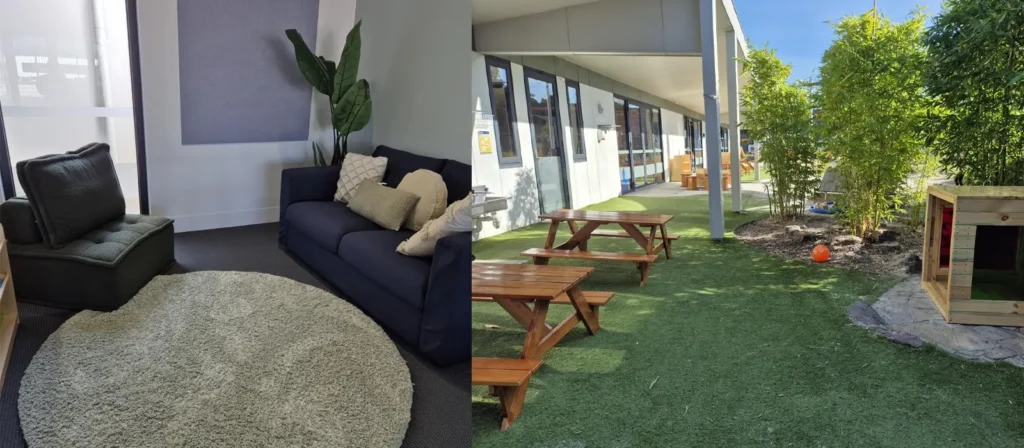
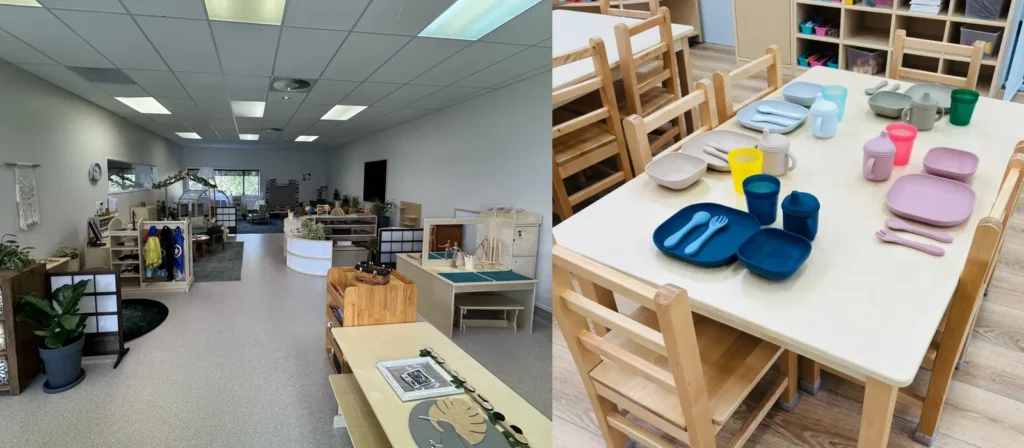
Criteria for Selecting Safe and Sustainable Materials
Before diving into the five materials, let’s look at the key criteria that every childcare center should consider when evaluating Daycare Furniture Materials.
Child Safety Standards and Certifications
Children interact with daycare furniture daily. Materials should be free from harmful chemicals like formaldehyde, lead, or BPA. Certifications such as GREENGUARD Gold, FSC, и CPSIA compliance provide assurance that materials meet stringent safety guidelines.
Durability and Daily Wear
Daycare furniture endures rough handling. Kids jump on chairs, climb storage units, and spill drinks on tables. Materials must be resistant to scratches, dents, and heavy wear to avoid constant replacements.
Eco-Friendly and Sustainable Practices
Modern parents and educators value sustainability. Materials like FSC-certified wood or recyclable plastics support green initiatives while reducing a school’s environmental footprint.
Comfort and Child-Centered Design
Furniture must be child-sized and ergonomic, ensuring healthy posture. Soft finishes, rounded corners, and non-abrasive surfaces are vital for child safety and comfort.
Easy Cleaning and Maintenance
Daycare furniture is cleaned multiple times daily. Materials should be resistant to stains, easy to wipe down, and durable enough to withstand disinfectants without damage.
Material #1: Safely Treated Natural Wood
Introduction to Natural Wood in Daycare Furniture
Among all Daycare Furniture Materials, wood remains one of the most timeless and trusted. From oak and beech to pine and rubberwood, natural wood carries a warmth that resonates in classrooms. Parents often associate wooden furniture with safety, tradition, and quality, while educators appreciate its durability and child-friendly aesthetics. But to serve as a truly safe, sustainable, and long-lasting material, wood must be carefully selected, treated, and maintained.
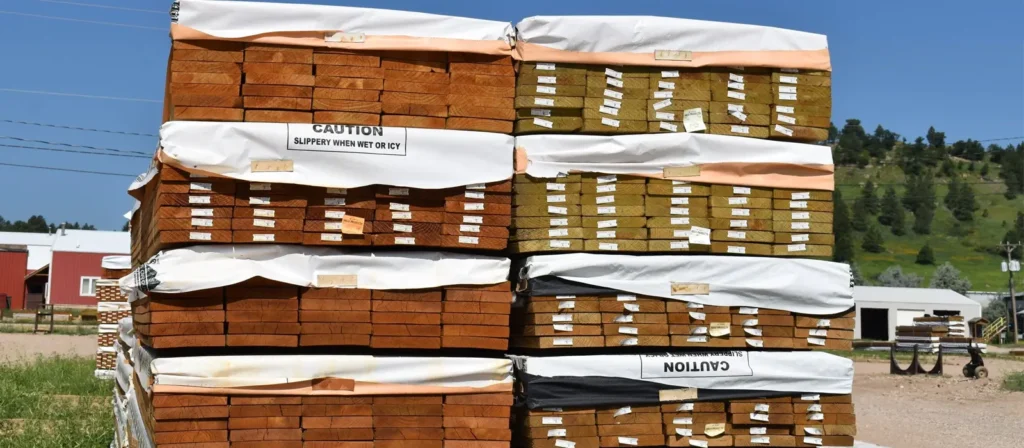
Advantages of Natural Wood
Natural wood excels in several key areas:
- Безопасность: Properly finished wood with rounded edges is gentle on children. When sealed with water-based, low-VOC paints, wood becomes free of harmful emissions.
- Sustainability: Wood is renewable and biodegradable. FSC-certified sources ensure responsible forestry.
- Долговечность: Solid wood furniture, when well-constructed, can last for decades. Even when scratched, it can often be sanded and refinished.
- Comfort and Aesthetics: Wood creates a cozy, homelike feel. Its grain patterns and natural tones provide warmth that synthetic materials struggle to match.
Disadvantages of Natural Wood
While wood is a fantastic option, it is not flawless:
- Cost: Solid hardwood is more expensive than plastic or engineered wood.
- Weight: Wooden furniture is often heavier, making rearrangement difficult for staff.
- Vulnerability to Moisture: Untreated wood can warp or swell if exposed to water.
- Maintenance Needs: Scratches and dents are common, requiring periodic refinishing.
Safety Standards for Wood in Daycares
To classify wood as a truly safe daycare furniture material, centers should ensure:
- Non-toxic treatment: No formaldehyde-based resins, no chemical termite control.
- Low-VOC finishes: Water-based paints, lead-free coatings, and child-safe stains.
- Rounded design: Corners and edges must be rounded to minimize injury risks.
- Compliance certifications: Look for ASTM, CPSIA, and GREENGUARD Gold certifications to ensure air quality and child safety.
Sustainability of Wood
Wood is one of the most sustainable Daycare Furniture Materials, provided it comes from responsibly managed forests. Using reclaimed or plantation-grown wood reduces pressure on natural ecosystems. Unlike plastics, wood is biodegradable and recyclable. Choosing FSC-certified wood guarantees sustainable sourcing.
Durability and Long-Term Value
When maintained properly, wood furniture can last 10–20 years or longer. Unlike plastic, which may crack under heavy weight, or metal, which may rust, wood can be repaired, refinished, or repurposed. This makes it one of the most long-lasting investments a daycare can make.
Best Applications of Wood in Daycare Settings
- Classroom desks and chairs
- Книжные полки и storage cubbies
- Игровая мебель для притворства (kitchens, dollhouses)
- Reading nooks with wooden benches
Material #2: Engineered Wood (MDF, HDF, Plywood)
Introduction to Engineered Wood in Daycare Furniture
Engineered wood is one of the most widely used Daycare Furniture Materials because it balances affordability, versatility, and eco-friendliness. Unlike solid wood, which comes directly from logs, engineered wood products such as MDF (Medium-Density Fiberboard), HDF (High-Density Fiberboard), and plywood are manufactured by compressing wood fibers, veneers, or particles under heat and pressure with adhesives.
For daycares, engineered wood offers consistent quality, resistance to warping, and a lower price point than solid wood. When paired with proper finishes and certifications, it can be just as safe and long-lasting as natural wood, making it a staple material for schools worldwide.
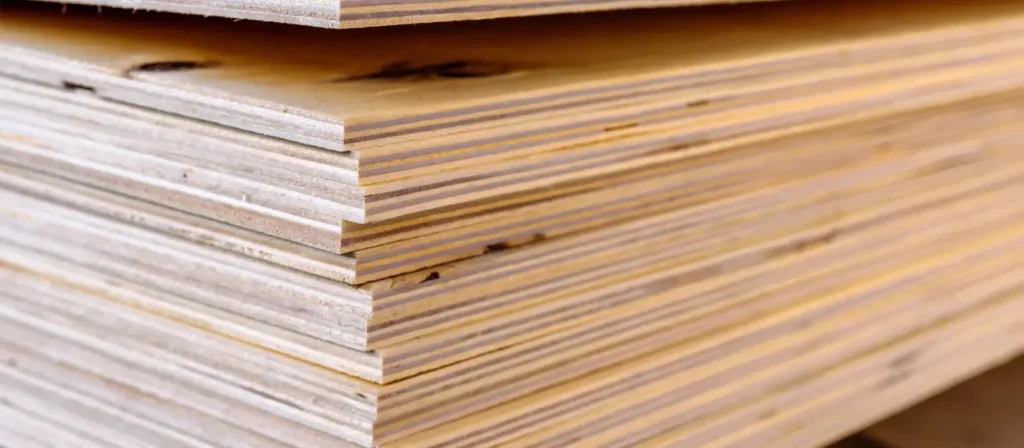
Advantages of Engineered Wood
Engineered wood brings several strengths to the classroom environment:
- Affordability: Costs significantly less than solid hardwood, making it easier for schools to furnish classrooms within tight budgets.
- Последовательность: Engineered wood panels have uniform thickness and density, reducing manufacturing defects.
- Strength and Stability: Plywood and HDF resist warping better than solid wood, particularly in humid climates.
- Design Flexibility: Can be cut, laminated, or painted in various finishes to create colorful, child-friendly furniture.
- Sustainability: Uses wood fibers, recycled chips, and smaller logs, maximizing natural resource efficiency.
Disadvantages of Engineered Wood
Despite its popularity, engineered wood has limitations:
- Moisture Sensitivity: MDF, in particular, absorbs water quickly, leading to swelling and damage if not sealed properly.
- Chemical Concerns: Some lower-quality boards may emit formaldehyde or VOCs if adhesives are not certified safe.
- Долговечность: While strong, engineered wood is not as resistant to dents and deep scratches as solid hardwood.
- Edge Vulnerability: Unsealed edges may chip, peel, or delaminate over time with heavy use.
Safety Standards for Engineered Wood
For engineered wood to qualify as a safe option in daycare furniture, it must adhere to strict safety guidelines:
- Formaldehyde Emission Standards: Look for E0 or E1-certified panels, which have extremely low formaldehyde levels, making them safe for children.
- Low-VOC Adhesives: Boards should be produced with non-toxic glues to prevent harmful off-gassing.
- Surface Finishes: Melamine or laminate coatings provide scratch resistance, moisture protection, and easy cleaning.
- Certifications: Verify CARB Phase 2 compliance, CPSIA standards, and GREENGUARD Gold certification to ensure indoor air quality safety.
Sustainability of Engineered Wood
Engineered wood supports sustainability in multiple ways:
- Resource Efficiency: Utilizes smaller trees, offcuts, and wood waste, reducing the demand for old-growth forests.
- Recyclability: Many engineered wood products can be recycled into new panels at the end of their lifecycle.
- Responsible Sourcing: Panels carrying the FSC label guarantee that raw wood fibers come from responsibly managed forests.
However, sustainability depends on the adhesives used. Eco-friendly options with low formaldehyde content are preferable to conventional resins.
Durability and Long-Term Value
When properly sealed and maintained, engineered wood can last many years in daycare environments. Its durability depends on the type:
- MDF: Best for indoor furniture that will not face heavy moisture. Smooth surface, ideal for painting.
- HDF: Stronger and denser than MDF, suitable for heavy-duty use like desks or shelves.
- Plywood: Resistant to warping and cracking, ideal for chairs, storage units, and tabletops.
While engineered wood may not last as long as solid hardwood, it provides excellent cost-to-value performance, making it a practical choice for schools.
Best Applications of Engineered Wood in Daycare Settings
- Tables and Desks: Laminated plywood surfaces resist scratches and spills.
- Storage Cabinets: Lightweight MDF or plywood is ideal for cubbies and shelving units.
- Partitions and Activity Panels: HDF boards provide stability for modular dividers.
- Арт-станции: Painted MDF offers a smooth surface for creative corners.
Material #3: Virgin Plastic (PP, HDPE)
Introduction to Virgin Plastic in Daycare Furniture
Among the most modern Daycare Furniture Materials, virgin plastic has earned its place in classrooms because of its lightweight, colorful, and versatile qualities. Virgin plastic refers to pure, first-use resins like polypropylene (PP) and high-density polyethylene (HDPE) that have not been recycled or mixed with additives.
In daycares, virgin plastic is widely used to produce tables, chairs, toy storage units, play structures, and shelving. Its child-friendly appeal comes from bright colors, smooth surfaces, and ease of maintenance. Unlike recycled plastics, virgin plastic is free of contaminants, making it safe for direct contact with children.
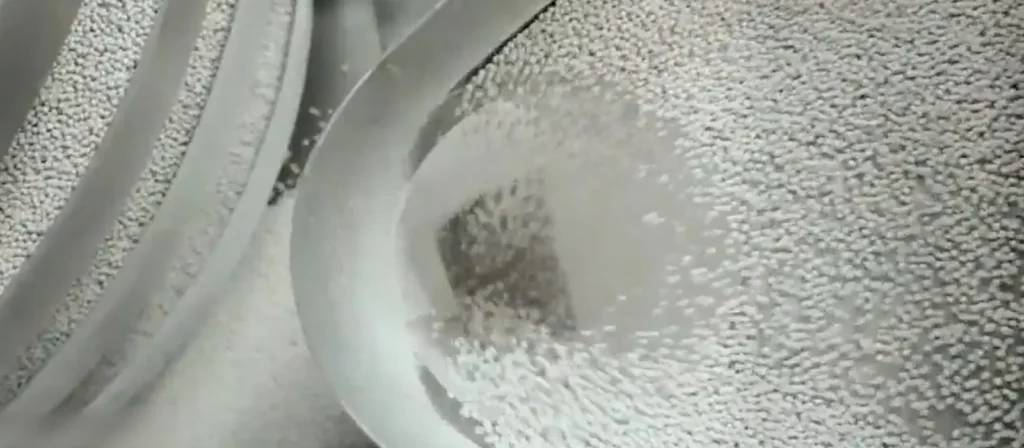
Advantages of Virgin Plastic
Virgin plastic offers multiple benefits in a childcare setting:
- Child Safety: Being free from recycled contaminants and toxic chemicals, virgin plastic is BPA-free, lead-free, and phthalate-free, ensuring children’s health.
- Lightweight and Portable: Easy for staff to move around and for children to handle safely.
- Долговечность: Resistant to cracks, dents, and daily wear-and-tear, even under rough play.
- Easy Maintenance: Wipes clean in seconds, resists stains, and withstands frequent disinfection.
- Vibrant Colors: Available in bright, engaging colors that stimulate children’s senses and enhance classroom appeal.
- Design Flexibility: Can be molded into child-sized chairs, ergonomic shapes, and rounded edges for safety.
Disadvantages of Virgin Plastic
Despite its advantages, virgin plastic has some challenges:
- Environmental Impact: As a petroleum-based material, it is not as eco-friendly as natural fibers or wood. Recycling is possible but limited compared to metals or wood.
- Longevity Concerns: While durable, plastic can become brittle over years, especially if exposed to direct sunlight without UV protection.
- Aesthetic Limitations: Some educators and parents perceive plastic as less “premium” than wood or metal.
- Heat Sensitivity: High temperatures may warp or deform certain plastic items.
Safety Standards for Virgin Plastic
For virgin plastic to be classified as a safe daycare material, it should meet stringent standards:
- Material Purity: Must be made from 100% virgin PP or HDPE, free from recycled fillers.
- Non-Toxic Compliance: Should pass CPSIA (Consumer Product Safety Improvement Act) testing for heavy metals and phthalates.
- Food-Grade Certification: Plastics labeled as FDA-grade PP or HDPE are considered safe for children’s contact.
- Surface Safety: Furniture must be smooth, with rounded edges and no sharp joints.
- Certifications: Look for GREENGUARD Gold for low chemical emissions and EN71 (European toy safety standard) for child use.
Sustainability of Virgin Plastic
Sustainability is the most debated aspect of plastic furniture. Virgin plastic is not biodegradable, but it does offer some eco-friendly aspects when managed properly:
- Recyclability: PP and HDPE are among the most widely recyclable plastics, accepted by many municipal recycling systems.
- Energy Efficiency: Plastic molding processes consume less energy compared to metal processing.
- Durable Lifespan: High-quality plastic furniture can last years, reducing the frequency of replacements and waste.
- Green Innovations: Some manufacturers are developing bio-based plastics or combining virgin plastic with recycled resins to improve sustainability.
Durability and Long-Term Value
Virgin plastic is known for being tough yet lightweight, making it a practical choice for busy daycare centers:
- Impact Resistance: Chairs and tables can withstand falls, jumps, and rough play without cracking.
- Moisture Resistance: Plastic is unaffected by spills, humidity, or frequent cleaning.
- Color Retention: UV-protected plastics retain their bright colors longer, reducing the “faded” look.
- Maintenance Costs: With little need for repairs, virgin plastic furniture is cost-effective over time.
While it may not last as long as solid wood or metal in absolute terms, plastic’s ease of use, safety, and low maintenance make it one of the most practical investments for daycares.
Best Applications of Virgin Plastic in Daycare Settings
- Stackable Chairs: Lightweight and easy to rearrange for different activities.
- Activity Tables: Colorful designs encourage engagement during group learning.
- Toy Shelves: Rounded corners and smooth surfaces protect little hands.
- Storage Cabinets: Lightweight yet strong enough to hold supplies.
- Outdoor Play Furniture: Weather-resistant plastic works well for slides and climbing structures (with UV-stabilization).
Material #4: Powder-Coated Metal
Introduction to Powder-Coated Metal in Daycare Furniture
Metal may not be the first material that comes to mind for daycare environments, but when treated properly, it is one of the most durable and long-lasting Daycare Furniture Materials available. In childcare centers, metals like steel and aluminum alloys are often used for structural components such as table frames, chair legs, shelving supports, and even bed frames.
To make metal suitable for children’s environments, manufacturers apply a powder-coated finish. This coating process involves spraying fine, non-toxic powder particles onto the metal and baking them at high heat, creating a hard, smooth, and protective surface. Powder coating improves both safety (no sharp edges, no rust) and aesthetics (bright, child-friendly colors).
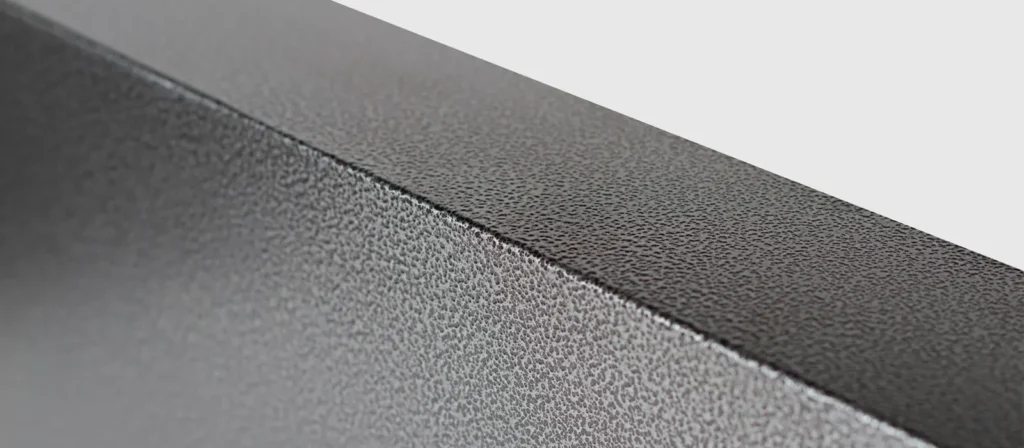
Advantages of Powder-Coated Metal
Powder-coated metal has many strengths that make it ideal for daycare furniture:
- Strength and Stability: Steel frames can handle heavy loads and active play without bending or breaking.
- Safety Coating: Powder-coated surfaces are free from lead and harmful solvents, unlike traditional paints.
- Scratch and Rust Resistance: The coating protects against corrosion, making it safe for humid environments.
- Recyclability: Metals like steel and aluminum are fully recyclable, supporting sustainability goals.
- Design Options: Powder coating allows vibrant colors and smooth finishes, blending safety with aesthetics.
- Longevity: Well-built powder-coated furniture can last 10–20 years with minimal issues.
Disadvantages of Powder-Coated Metal
While highly durable, powder-coated metal does have drawbacks:
- Weight: Steel furniture can be heavy, making it harder for teachers to move frequently.
- Temperature Sensitivity: Metal surfaces may feel cold to the touch in winter without padding.
- Noise Factor: Chairs or tables with metal legs can create noise when dragged, though rubber caps can help.
- Cost: Higher initial cost compared to plastic or engineered wood, though offset by longevity.
- Coating Vulnerability: If the powder coat is chipped, exposed metal may rust over time.
Safety Standards for Powder-Coated Metal
Metal in daycare settings must adhere to child safety regulations:
- Non-Toxic Coatings: Powder coating must be lead-free and free of harmful VOCs.
- Smooth Welding: Welded joints should be sanded and polished to eliminate sharp edges.
- Protective Caps: Rubber or plastic caps should cover chair and table legs to prevent scratches on floors and reduce slipping.
- Load Testing: Metal frames should pass safety tests for static and dynamic loads to ensure stability.
- Certifications: Look for ASTM, CPSIA, and ISO 9001 quality management compliance.
Sustainability of Powder-Coated Metal
Metals are among the most sustainable Daycare Furniture Materials because of their recyclability:
- Recyclable Resource: Steel and aluminum can be melted and reused indefinitely without losing strength.
- Eco-Friendly Coating: Powder coating is more sustainable than solvent-based paints since it emits virtually no VOCs.
- Long Service Life: By lasting for decades, metal furniture reduces the frequency of replacements and overall waste.
- Circular Economy Role: Many daycare suppliers reclaim and recycle old metal furniture into new pieces.
Durability and Long-Term Value
Powder-coated metal is unmatched in terms of structural integrity:
- Heavy Duty: Supports more weight than plastic or engineered wood, making it ideal for shared-use furniture.
- Weather Resistance: With the right coating, metal furniture can even be used outdoors.
- Low Maintenance: Unlike wood, it doesn’t warp, splinter, or require refinishing.
- Repair Options: Scratches can be repainted, and rubber caps or fittings can be easily replaced.
Though initially more expensive, its longevity and low upkeep costs make it one of the most cost-effective long-term investments for daycare centers.
Best Applications of Powder-Coated Metal in Daycare Settings
- Таблицы: Metal frames paired with wood or laminate tops provide stability and durability.
- Стулья: Powder-coated steel legs with plastic or wooden seats combine comfort with strength.
- Beds and Cots: Sturdy steel frames for nap areas ensure safety and longevity.
- Storage Shelving: Metal structures support heavier loads without sagging.
- Playground Frames: Outdoor climbing structures and slides often use powder-coated metal for strength and weather resistance.
Material #5: Eco-Friendly Fabrics and Padding
Introduction to Fabrics and Padding in Daycare Furniture
Not every piece of daycare furniture is rigid. Classrooms also need soft, comfortable spaces for reading corners, nap time, and sensory play areas. Here, eco-friendly fabrics and padding become essential. From organic cotton covers and wool cushions to natural latex foam or bio-based padding, these materials provide comfort, safety, and sustainability in ways that hard furniture cannot.
As a category of Daycare Furniture Materials, fabrics and padding are critical for creating child-friendly environments where young learners feel secure, relaxed, and engaged. However, the fabrics chosen must be non-toxic, hypoallergenic, and easy to clean, or they risk becoming health hazards in a group-care setting.
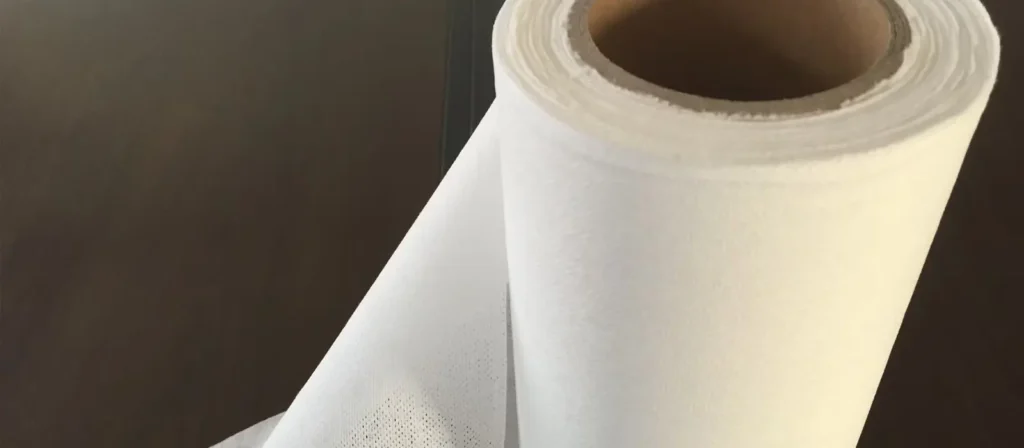
Advantages of Eco-Friendly Fabrics and Padding
Fabrics and padding contribute unique benefits that solid surfaces cannot match:
- Comfort and Softness: Essential for nap areas, quiet reading corners, and sensory zones.
- Безопасность: Provides cushioned protection, reducing the risk of bumps and injuries.
- Eco-Friendly Options: Organic cotton, bamboo fibers, wool, and natural latex are renewable and biodegradable.
- Hypoallergenic Properties: Many natural fabrics are gentle on sensitive skin and reduce the risk of allergies.
- Design Appeal: Fabrics introduce color, texture, and warmth, making classrooms inviting and stimulating.
- Washability: Removable covers allow frequent cleaning, supporting hygiene in high-contact areas.
Disadvantages of Fabrics and Padding
Despite their benefits, fabrics come with challenges:
- Maintenance Requirements: Fabric requires frequent washing to prevent stains and bacteria buildup.
- Durability Concerns: Natural fabrics may wear faster than synthetic blends, especially under daily use.
- Cost: Organic or certified fabrics are more expensive than conventional textiles.
- Moisture Sensitivity: Padding can absorb spills, leading to odors or mold if not properly managed.
- Пожарная безопасность: Fabrics must meet flammability standards without relying on harmful chemical retardants.
Safety Standards for Fabrics and Padding
To be considered safe Daycare Furniture Materials, fabrics and padding must meet strict standards:
- Textile Certifications: Look for GOTS (Global Organic Textile Standard) and OEKO-TEX Standard 100, ensuring fabrics are free of harmful chemicals.
- Foam Certifications: Choose padding with CertiPUR-US or Eco-Institut certification, verifying low emissions and absence of harmful flame retardants.
- Flammability Compliance: Must meet CPSIA and California TB117-2013 standards without toxic flame retardants.
- Removability: Fabrics should have removable, washable covers for hygiene.
- Rounded Design: Cushions and padding should integrate seamlessly with furniture, avoiding exposed zippers or sharp seams.
Sustainability of Fabrics and Padding
Eco-friendly fabrics and padding make significant contributions to sustainability in daycare environments:
- Renewable Fibers: Materials such as organic cotton, wool, and bamboo are renewable and biodegradable.
- Biodegradability: Unlike polyester, natural fabrics break down without leaving harmful microplastics.
- Low Chemical Use: Organic textiles reduce pesticide use, protecting ecosystems and farm workers.
- Recycled Options: Some suppliers offer padding made from recycled PET fibers or repurposed textiles.
- Longer Use Cycles: Washable and replaceable covers extend the furniture’s life cycle, reducing waste.
Durability and Long-Term Value
While fabrics don’t last as long as wood or metal, their durability can be maximized through:
- High-Quality Fibers: Organic cotton and wool tend to outlast conventional synthetic fabrics.
- Protective Finishes: Eco-friendly water-repellent coatings improve stain resistance.
- Modular Covers: Replaceable covers allow furniture to stay in use even after heavy wear.
- Padding Longevity: Natural latex foam maintains shape better than polyurethane, offering long-term support.
When properly maintained, eco-friendly fabrics can remain safe, hygienic, and inviting for many years, making them an essential investment in soft spaces
Best Applications of Fabrics and Padding in Daycare Settings
- Nap Areas: Organic cotton mattresses, wool blankets, and latex foam padding.
- Reading Corners: Cushions and bean bags made with removable covers.
- Sensory Spaces: Soft mats, padded walls, and floor cushions for safe play.
- Seating Accents: Fabric-covered stools or benches to add comfort.
- Teacher Seating: Padded chairs with washable fabric for long teaching hours.
Trends in Kindergarten and Daycare Furniture Materials
- Sustainable Materials: Increasing demand for FSC-certified wood, bamboo, recycled plastics, and organic fabrics that reduce environmental impact.
- Modular and Flexible Designs: Lightweight plastic, engineered wood, and hybrid materials make it easy to reconfigure classrooms quickly.
- Sensory-Friendly Options: Fabrics, latex padding, and textured finishes create safe and inclusive spaces for children with different needs.
- Antimicrobial Surfaces: Powder-coated metals and treated laminates offer better hygiene and are easier to sanitize.
- Hybrid Solutions: Combining natural wood with metal frames or blending plastic with eco-friendly composites for durability and comfort.
Why Work with Reputable Daycare Furniture Suppliers
For over two decades, Xiair World has been recognized as a trusted partner in designing and manufacturing daycare furniture. Selecting the right Daycare Furniture Materials is only part of creating a safe and inspiring learning space. What makes the difference is collaborating with a supplier who consistently upholds global standards of safety, quality, and durability. At Xiair World, this commitment is reflected in every product we deliver:
- Certified Safety Standards Are Guaranteed
Trusted suppliers provide documentation such as GREENGUARD Gold, FSC, CPSIA, and ISO compliance, giving administrators peace of mind that products meet strict regulations. - Materials Are Verified and Consistent
Established suppliers have transparent sourcing practices, ensuring that wood, plastic, metal, and fabrics are exactly as advertised and free from harmful chemicals. - Durability Matches Investment
Experienced manufacturers design furniture for heavy, everyday use in classrooms. This translates into longer lifespans and lower total costs. - Brand Reputation Is Protected
Parents notice when classrooms look safe, clean, and professionally furnished. Partnering with a trusted supplier builds confidence and strengthens the school’s image.

